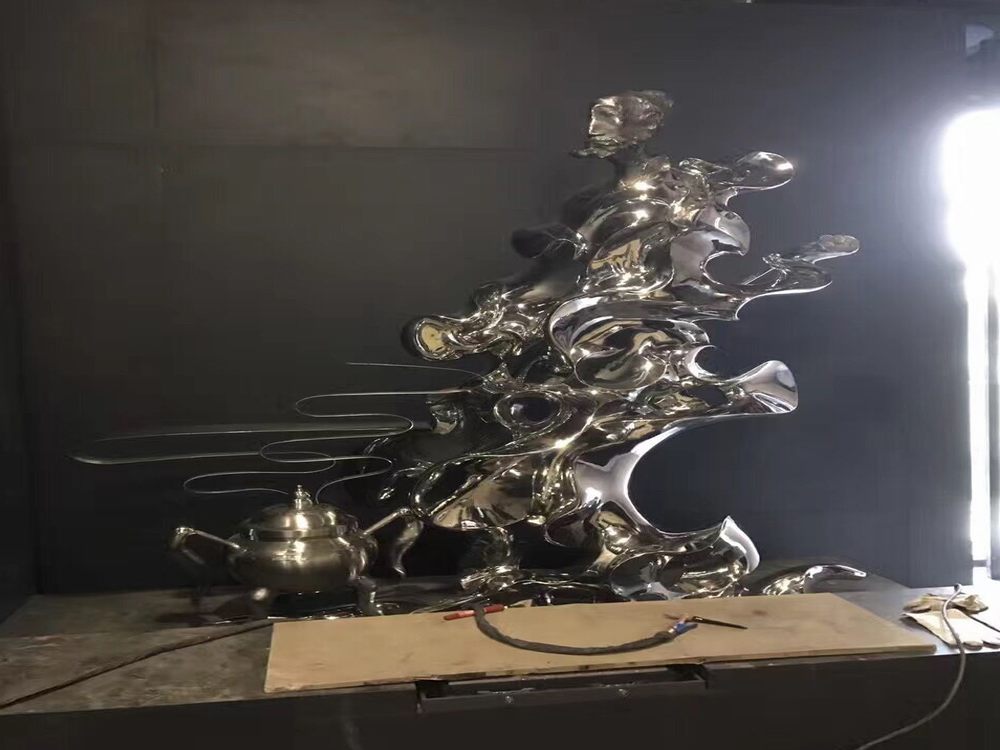
Bronze sculptures, with their timeless elegance, undergo fascinating transformations when placed in natural settings, particularly as seasons shift. The interaction between these metallic artworks and their environment creates a dynamic dialogue that evolves throughout the year.
In spring, bronze sculptures often develop a vibrant green patina as increased moisture accelerates oxidation. This natural weathering process creates a living surface that harmonizes with blooming surroundings. Summer sunlight reflects off polished bronze surfaces, casting dramatic shadows that change with the sun's position, while intense heat may cause slight expansions in the metal.
Autumn brings a striking contrast as falling leaves accumulate on sculptures, creating organic compositions. The cooler temperatures slow oxidation, allowing existing patinas to stabilize. Winter presents perhaps the most dramatic interaction, with snow and ice forming crystalline patterns on bronze surfaces, while freezing temperatures contract the metal slightly.
Beyond physical changes, bronze sculptures also alter their visual relationship with the landscape seasonally. Spring's soft greens complement a sculpture's patina, while autumn's fiery hues create bold contrasts. The sculpture's unchanging form becomes a constant against nature's cyclical transformations, offering viewers new perspectives with each season.
Proper placement and maintenance can enhance these seasonal interactions. Positioning sculptures to catch angled winter light or framing them with deciduous trees that change color ensures the artwork remains integrated with its environment year-round. This symbiotic relationship between bronze and nature elevates both the artwork and the natural setting, creating an ever-changing outdoor gallery.

